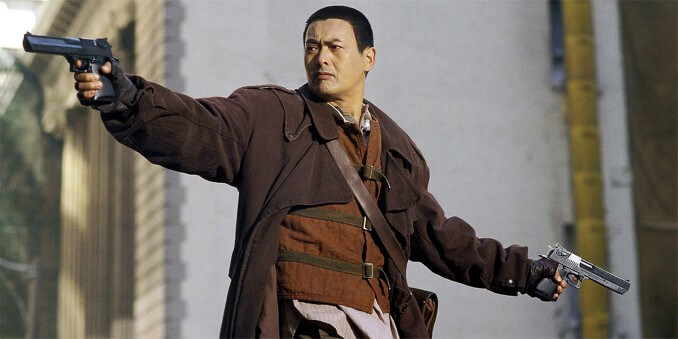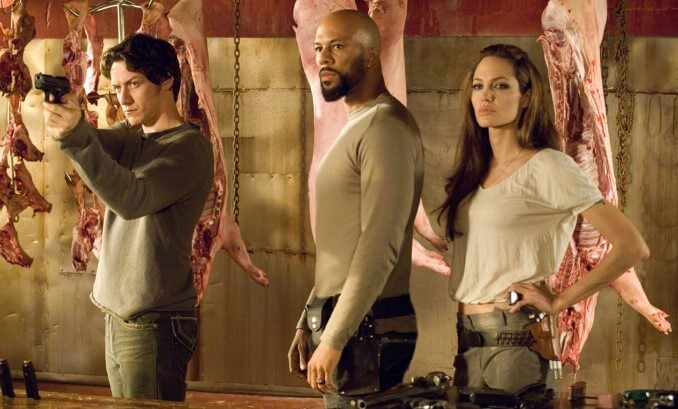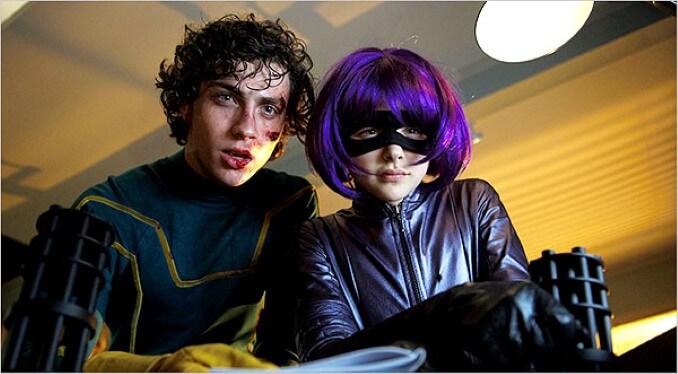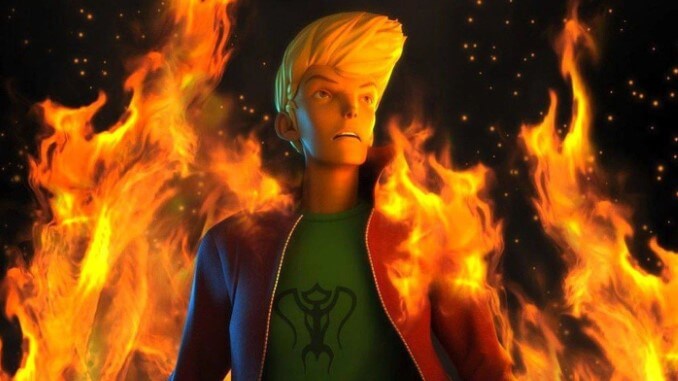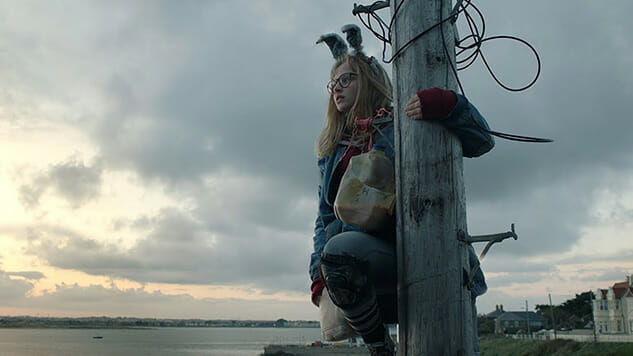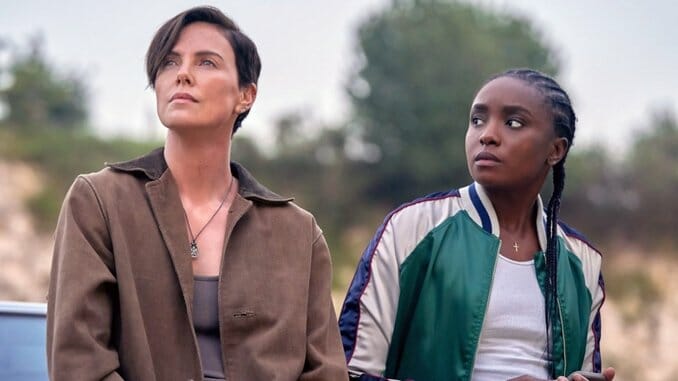10 Films That Track the History of Image Comics in Cinema
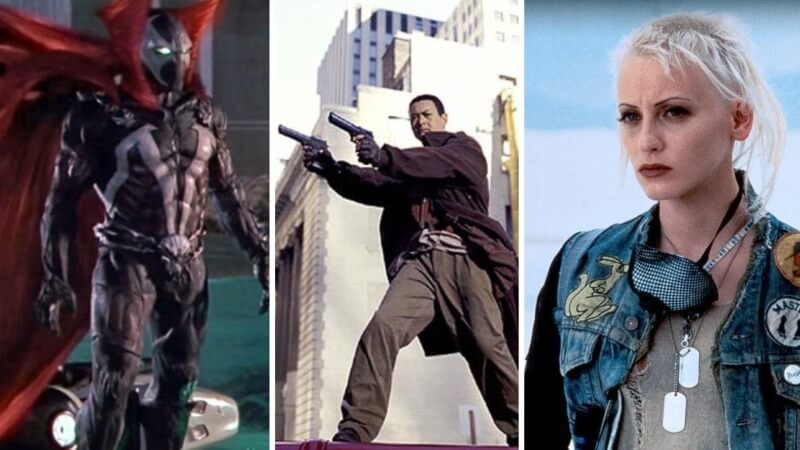
We think we know the score: The Old Guard 2 is an action fantasy film that follows an admired first installment that premiered in the depths of the pandemic that Netflix is cannily (or foolishly) counterprogramming against a Jurassic World movie. But looking beneath the surface, The Old Guard 2 is not just another release to feed the summer glut: It’s also the latest film in a fascinating history of adaptations from Image Comics, one of the most significant independent comic labels in American history.
In the early ‘90s, the punishing conditions of Marvel Comics proved too much for a band of comic book illustrators, and they formed their own company. Image Comics was an independent label founded on a pro-artist principle – that comic book writers and illustrators would retain the copyright to their own work. The problem of creative ownership in the comics industry had become a major hot topic throughout the ‘80s, and the arrival of independent labels like Dark Horse (Image’s most significant competitor) and Pacific Comics established alternatives to Marvel and DC – if characters and stories were owned by the artist and not the publisher, then artists would theoretically create freer, more exciting work as part of their own imprints.
The label was founded by Jim Lee, Rob Liefeld, and four other prominent artists in 1992 (including the eventual input of Walking Dead creator Robert Kirkman), and its reputation as a major player in independent comics comes with a rocky history of constant creator tension and the burst of the speculative bubble – and even though Image artists have continued their track record of industry trailblazing by becoming the first unionized comics publisher in America, it hasn’t been all smooth sailing since.
The specificity and strangeness of Image properties doesn’t naturally translate to mass audience interest, so the history of Image film adaptations is spotty. Because all of Image’s properties are artist-owned and therefore not tied to any specific label, many characters – like The Crow or Tank Girl – were only published by Image after they were first adapted for film. The history of Image Comics in cinema is difficult to track – the freedom of creative’s owning their own copyright will often make Image just one publisher of many.
What’s more, thanks to Kirkman’s The Walking Dead and Invincible in particular, you can make the case that TV adaptations have outmatched Image Comics films. Nevertheless, the arrival of The Old Guard 2 in a month of mega-tentpole Big Two adaptations–Superman and Fantastic 4–reminds us why Image has always appealed in a way that Marvel and DC can’t replicate. Here are 10 films that chart the history of comic book movies and the artist-led Image Comics.
![]()
1. The Crow (1994)
Director: Alex Proyas
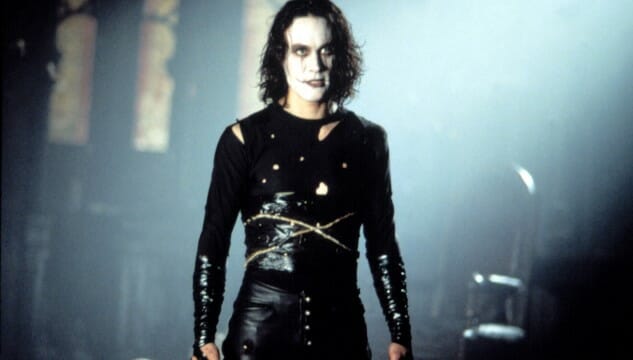
Image didn’t cross paths with James O’Barr’s story of Eric Draven, a tortured avenger who was resurrected to punish his fiancee’s murderers, until 1999, five years after the financial success but tragic production of the first Crow movie in 1994. Alex Proyas’ film is rich with stylized Gothic spirit – even if it doesn’t replicate the striking, moody art of O’Barr’s series, then Proyas translates the appeal into highly expressionistic images and heightened performances. Seeing as Image Comics’ version of The Crow came after MacFarlane licensed the character and tried to expand the character’s story, maybe the more apt movie comparison is the maligned direct-to-video threequel The Crow: Salvation – but nobody likes The Crow sequels. Or the 2024 The Crow reboot, for that matter.
2. Spawn (1997)
Director: Mark A.Z. Dippé
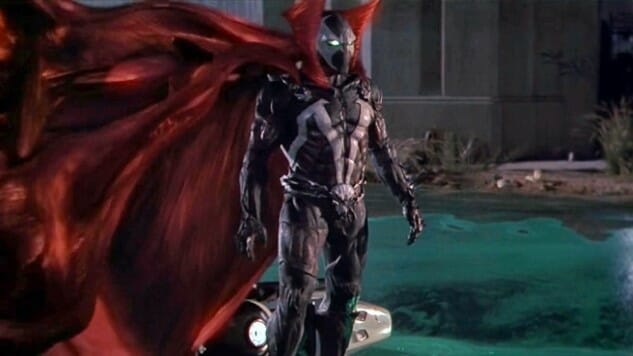
Todd MacFarlane’s most iconic creation was Spawn, a mercenary who died and was resurrected by the trickster demon Malebolgia who then embraced his antihero “Hellspawn” identity and became a force against evil. Spawn’s 1997 release meant that Michael Jai White (who would eventually wear the mantle of Black Dynamite) became one of the first African-American actors to star as a prominent comic book superhero, as the film released a year before Wesley Snipe’s Blade and a matter of weeks before the Shaq-starring Steel. (Robert Townsend played an original superhero in the 1993 comedy The Meteor Man.) Spawn, meanwhile, is rich with junky artifice – the restrictive prosthetics, the chunky soundstage sets, the unconvincing, frequent use of CG – but sometimes successfully captures the ugly excess of MacFarlane’s in-your-face style. It flopped with critics and disappointed at the box office, and a long-anticipated reboot helmed by MacFarlane himself is still gestating.
3. Tank Girl (1995)
Director: Rachel Talalay
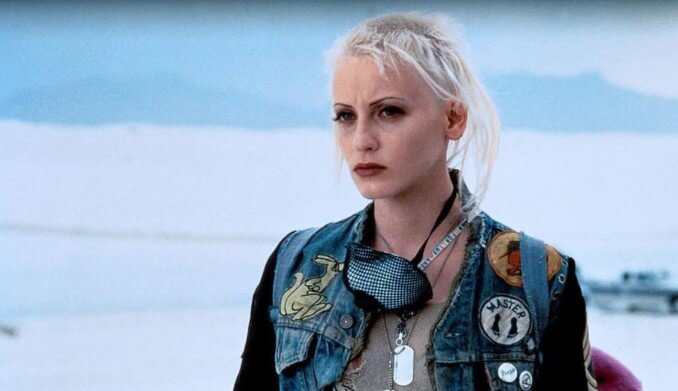
Tank Girl was created by Brits Alan Martin and James Hewlett in the late ‘80s – a female punk rocker antihero in post-apocalypse Australia who is declared an outlaw for nonconformist attitudes and behavior. This was an understandably appealing image in Thatcher-era counterculture, and Tank Girl became a hot commodity in British comics that led to a 1995 film adaptation directed by future recurring Doctor Who director Rachel Talalay. The film was a big flop but was carried by a cult following throughout the 2000s, where Image Comics became one of the many publishers of the British indie darling’s ongoing rebellion.
4. Witchblade (2000)
Director: Ralph Hemecker
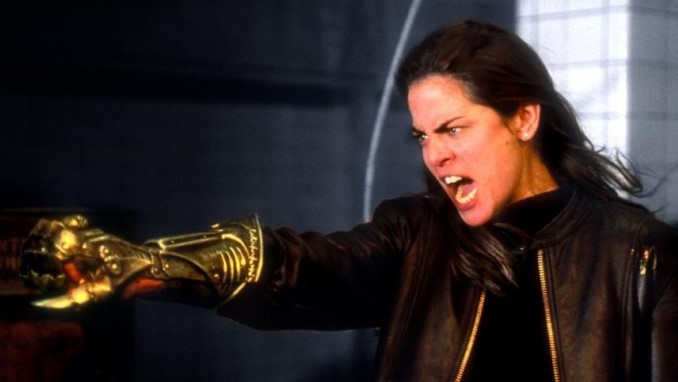
This made-for-TV fantasy superhero film was successful enough on TNT to warrant a Witchblade series the following year, making it the only backdoor pilot on this list. Witchblade was published under Image Comics co-founder Marc Silvestri’s Top Cow Productions imprint, and had run for five years by the time that veteran TV director Ralph Hemecker helmed the TV movie. Hemecker would then become showrunner for the short-lived Witchblade series that ended after 23 episodes – some speculated that lead actress Yancy Butler’s personal issues were behind TNT cancelling its most successful original drama. The story of a female NYPD detective who obtains a supernatural gauntlet that gives her the necessary powers to fight dark magic in the city makes it the closest comparison point to The Old Guard, another female-led Image series about fantasy guardians that found success outside of movie theaters.
